6e377d
Cottage Garden Plants
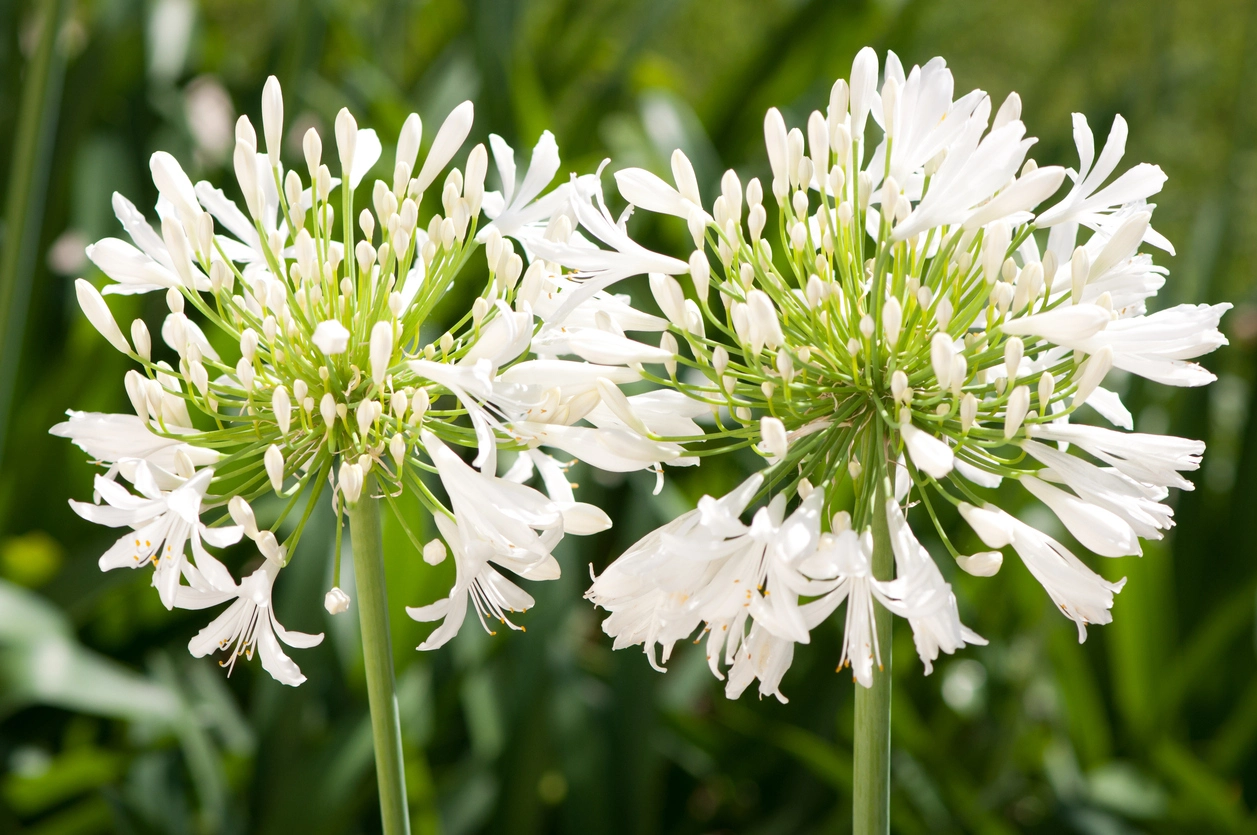
Agapanthus ‘Bridal Bouquet’
from £19.99
An elegant perennial known for its hardy, lush, strap-like green leaves. Displaying tall stems covered with open heads of small, white trumpet-shaped flowers.
Agapanthus are not only a great architectural plant but also a classic addition to Cottage and Mediterranean-inspired gardens. Their robust nature and love of sunny spots makes them ideal for containers. Also in the garden Agapanthus Charlotte and Agapanthus Fireworks.
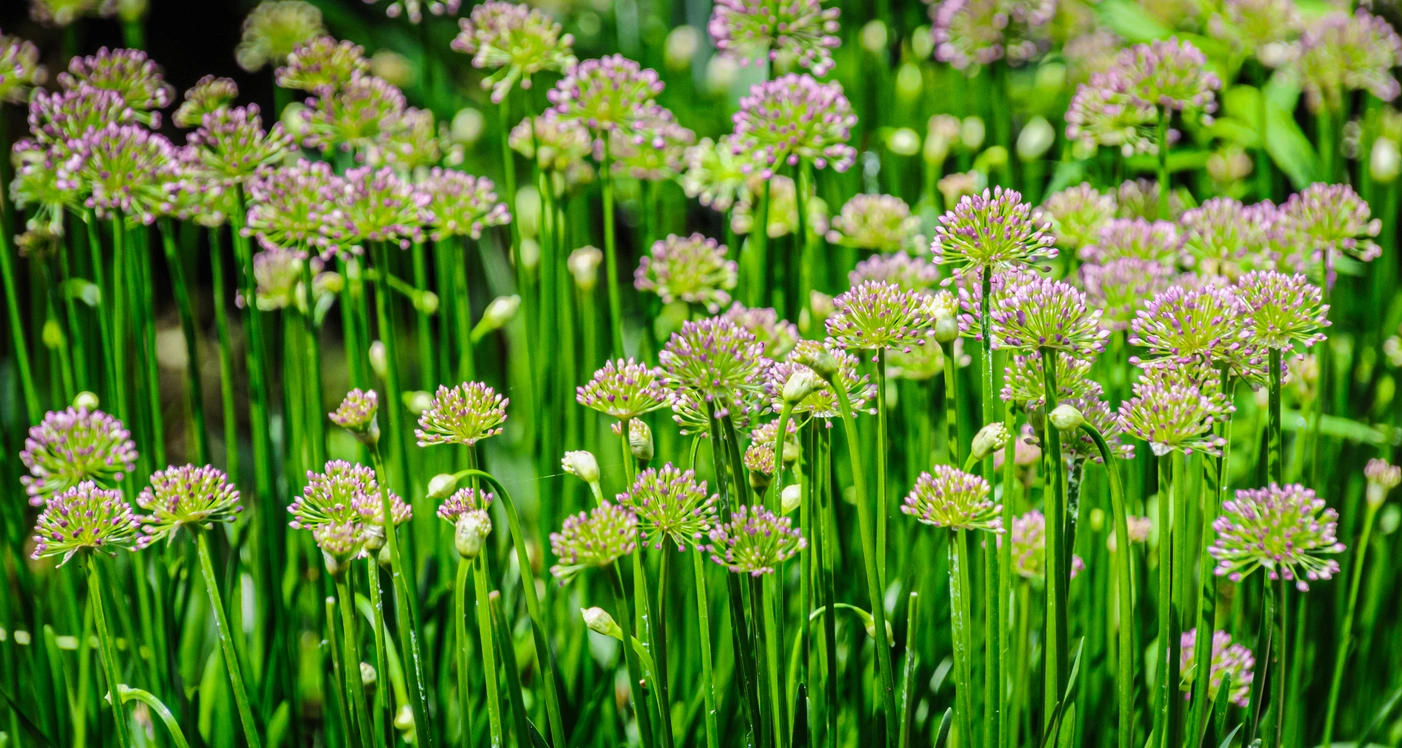
Allium 'Bubble Bath'
from £12.99
This romantic perennial allium produces soft, lavender-mauve globe-shaped flowerheads on sturdy stems, from late spring through summer. Loving well-drained soil and full sun, makes it ideal for borders, containers, and rockeries. Unlike the bulb types of Alliums, perennial types produce multiple, long-lasting blooms that attract bees and butterflies, adding pollinator-friendly benefits to the garden.
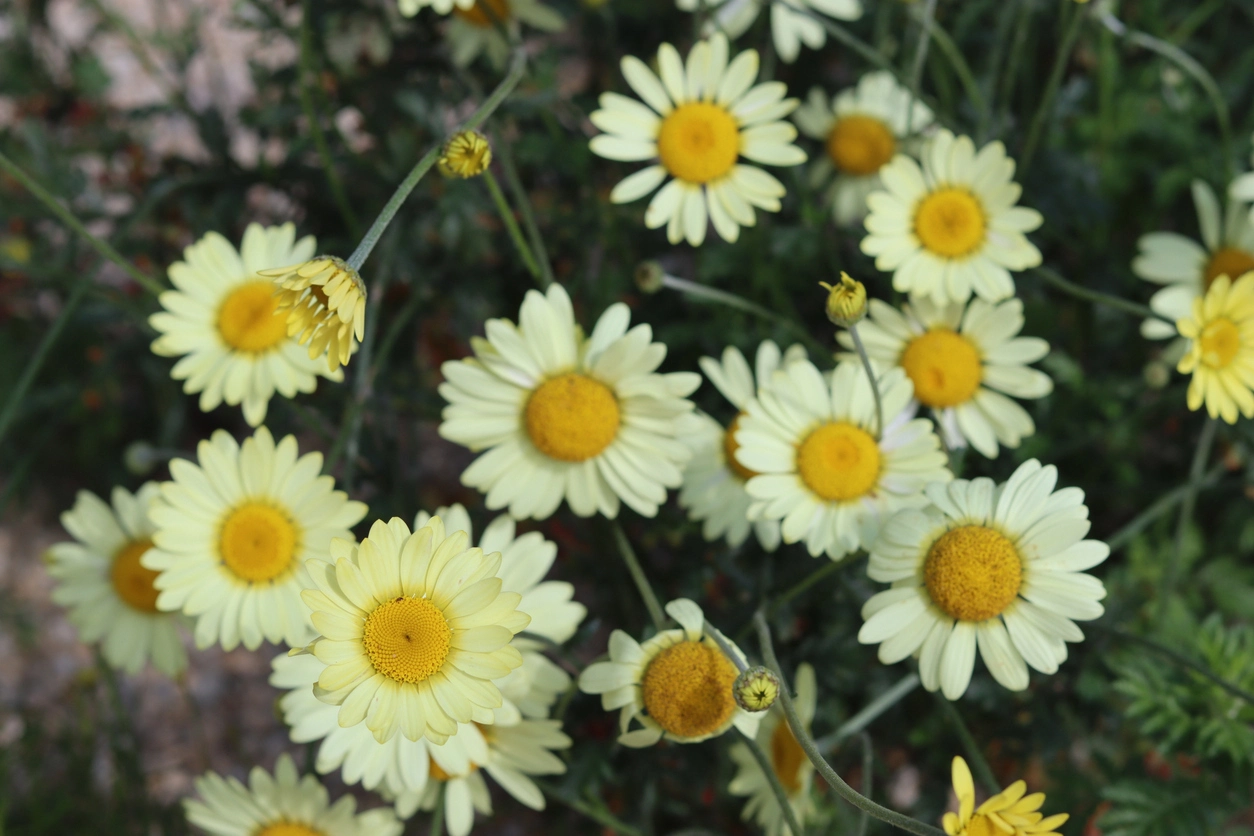
Anthemis hybrida 'Ec Buxton' - Golden Marquerite
from £12.99
Dainty, lemon-yellow daisy-like flowers appear in a eye catching display throughout the summer.
Marguerite type flowers appear from June – Aug, attracting pollinator friendly insects and butterflies. Loving a sunny situation, its perfect for the Cottage feel in the boarder or pot. also in the garden Anthemis ‘Sauce Hollandaise’.
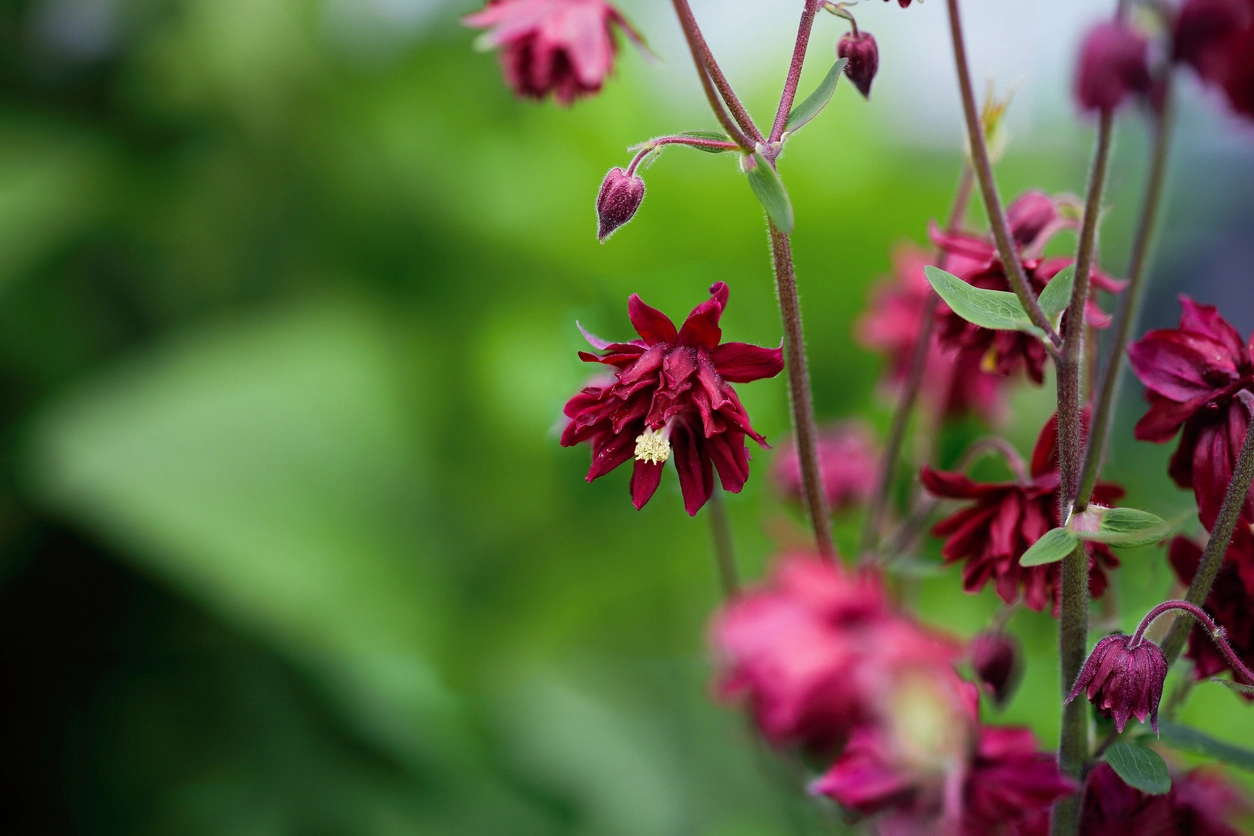
Aquilegia 'Bordeaux Barlow'
from £12.99
This stunning Aquilegia variety produces double, pompom like deep red flowers. 'Bordeaux Barlow' is a vibrant perennial reaching a height of 60cm, they are the ideal plants for garden borders or patio containers. Easy to grow, plant in well-drained soil in direct sun or partial shade. Flowers from May through to July. Other varieties in the garden include.
Aquilegia ‘Green Apples’, Aquilegia ‘Barlow white’ Aquilegia ‘William Guiness’, Aquilegia ‘Barlow Black’
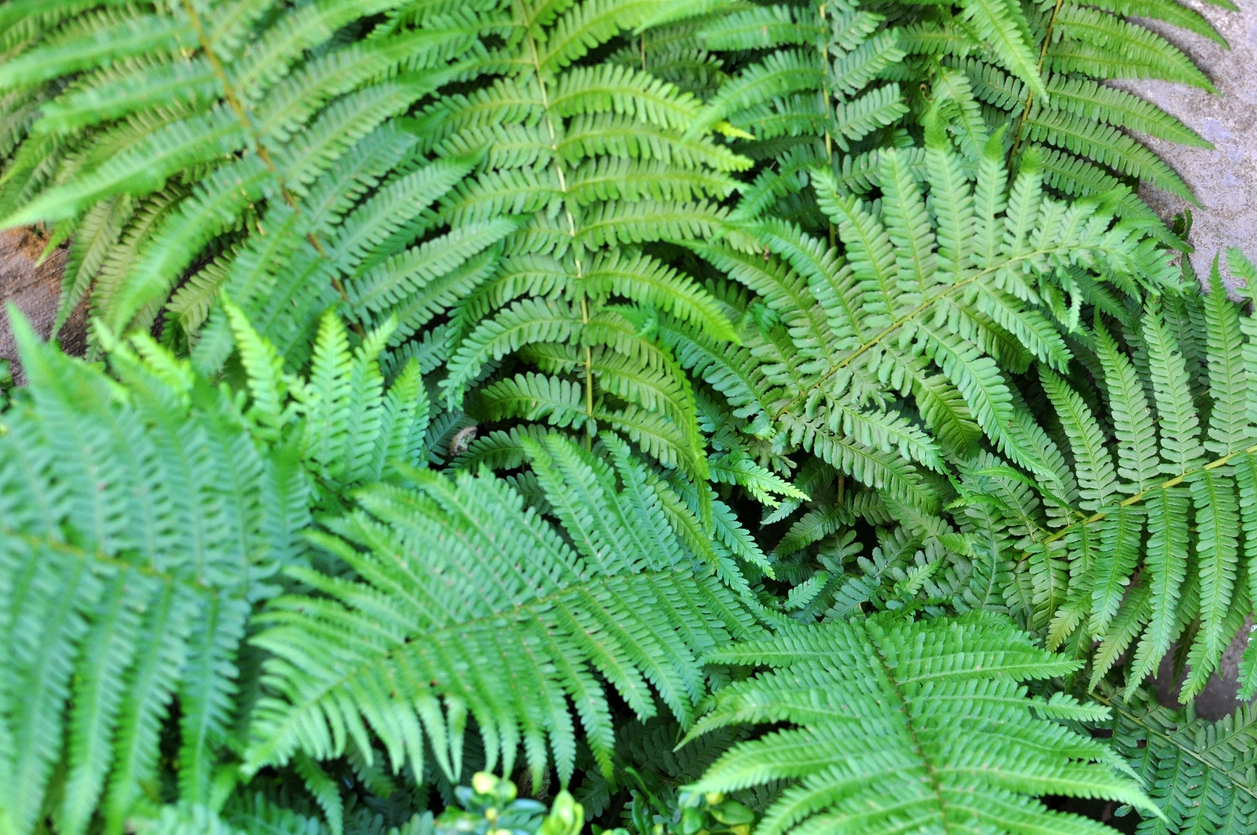
Dryopteris filix-mas – Male fern Ferns
from £6.99
An award-winning native, fern found naturally in moist woodlands. This large, deciduous fern has feathery, green fronds which form a distinctive, shuttlecock shape and turn coppery in autumn. Plant with early flowering spring bulbs such as snowdrops and Bluebells to get the Cottage look in that troublesome shady area of the garden.
Other Dryopteris in the garden include ‘Jurassic Gold’, 'Cristata' and 'Crispa Whiteside'
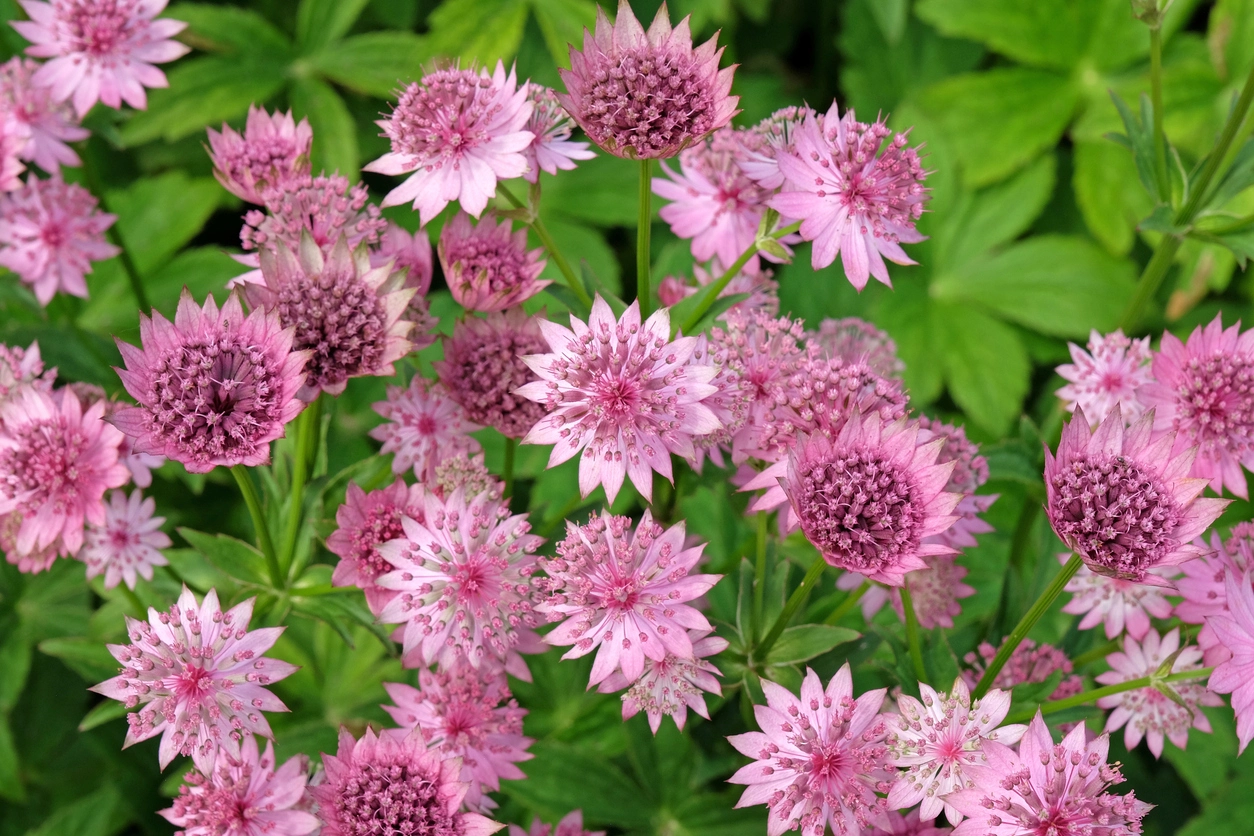
Astrantia major 'Roma'
from £12.99
Dainty, soft pink, pincushion-like flowers makes this popular perennial a perfect choice for long-lasting summer colour.
Astrantias thrive in moist, well-drained soil in sun or partial shade, making them a great addition to borders or Cottage garden themes.
Others in the garden include Astrantia ‘Bucksland’, Astrantia ‘Moulin Rouge’ and ‘Venice'.
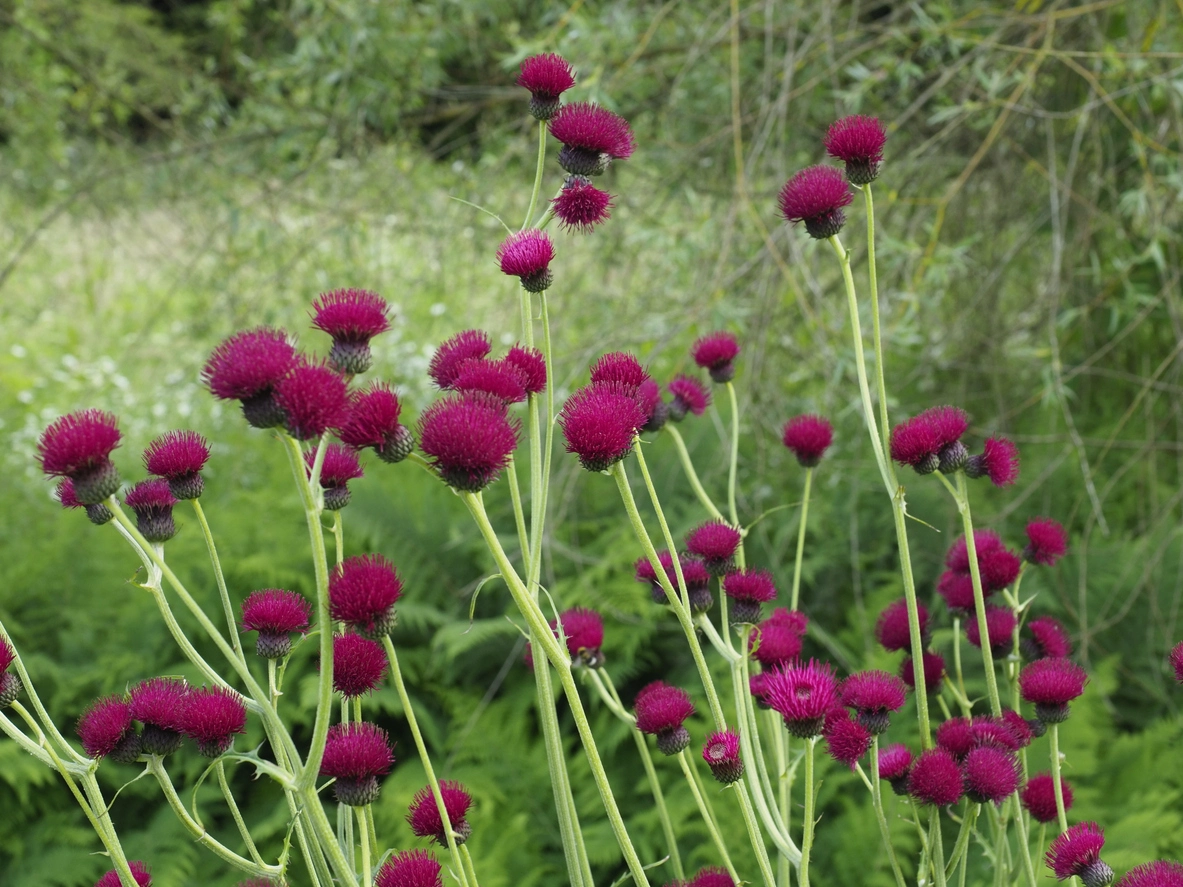
Cirsium rivulare ‘Atropurpureum’ – Brook Thistle
from £14.99
Show stopping, spectacular, deep crimson thistles appear on tall stems in July and August above spiny, dark green leaves. A great addition to a summer Cottage garden but looks equally at home in a wildflower meadow or Prairie planting, attracting insects and butterflies.Plant in a moist, sunny border.
Also in the garden, Cirsium ‘Trevor’s Blue Wonder’ a lilac purple variety.
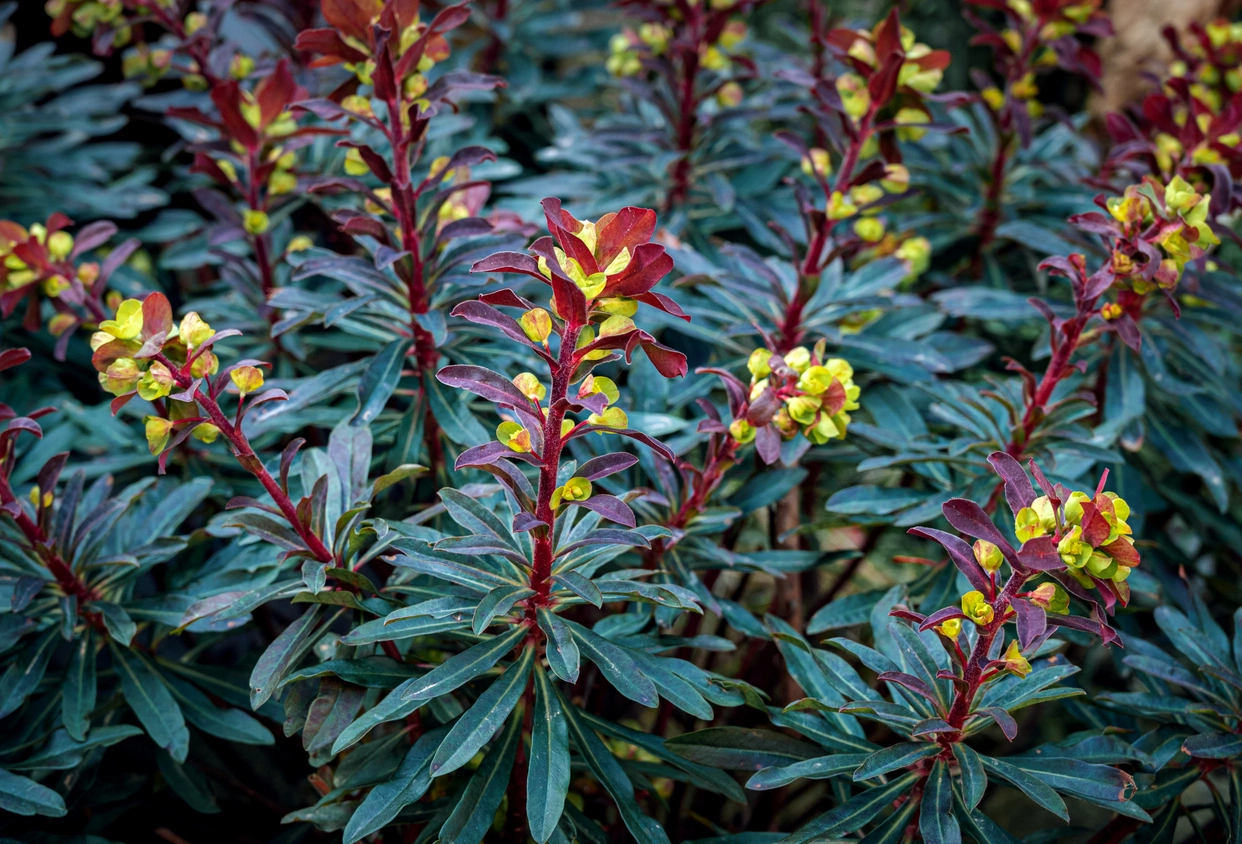
Euphorbia ‘Miners Merlot’ – Spurge
from £12.99
An eye catching Euphorbia with wine red foliage and stems and bright lime-yellow flowers that contrast beautifully. Drought and heat tolerant, ideal for a sunny spot.
Also in the Garden, Euphorbia 'Ascott Rainbow', a variety with gold and green variegated foliage that is tinged pink.
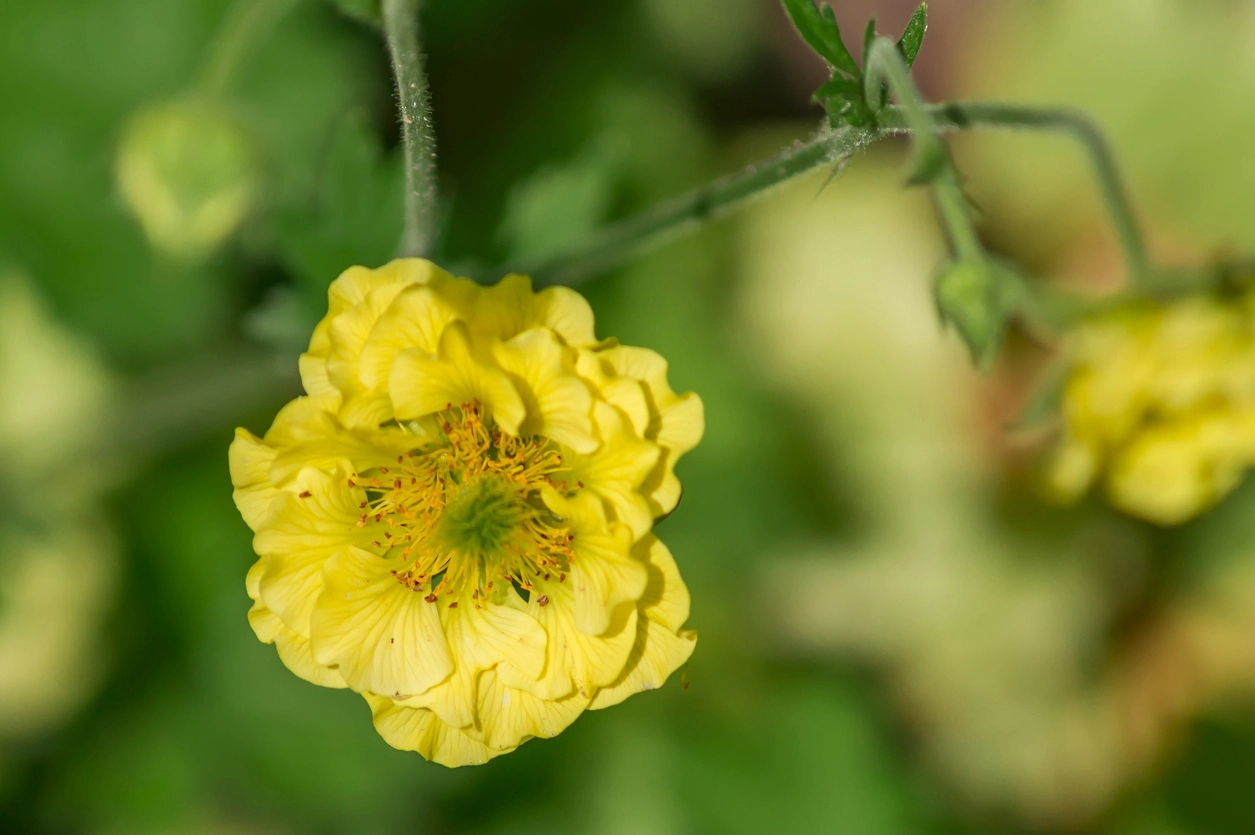
Geum 'Flore Plena Sunrise'
from £12.99
The earliest flowering Geum variety with stunning clusters of big,bright double yellow flowers all through the summer. Very hardy and long flowering period. Best to plant in full sun or part shade.
Others in the garden, Exclusive to Blue Diamond Garden Centres and grown on our nursery, Geum 'Fire Starter' a bright red. Geum Lady ‘Stratheden‘ semi double yellow flowers and Geum ‘Totally Tangerine’ with peachy orange flowers.
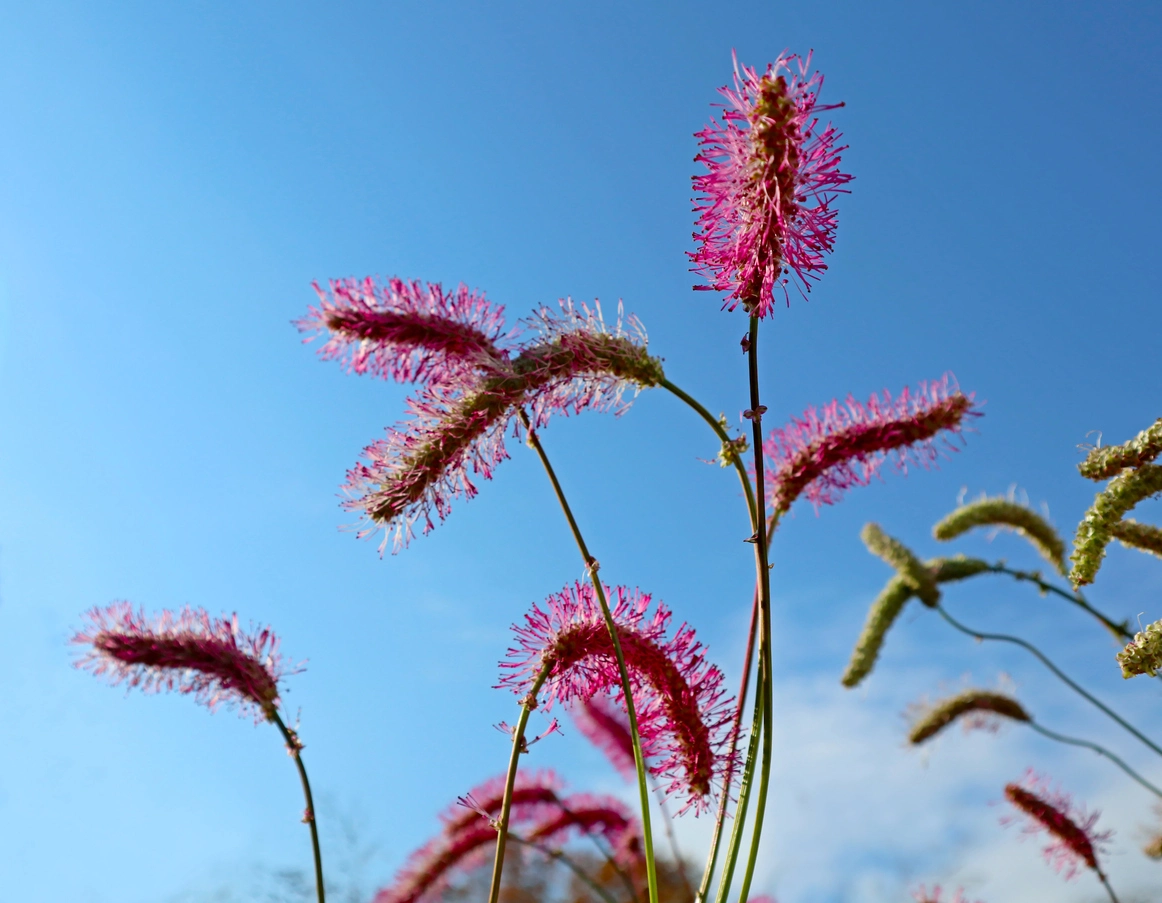
Sanguisorba officinalis 'Pink Tanna' - Burnett
from £12.99
A popular herbaceous perennial selected for its vibrant pink, bottlebrush-like flowerheads and attractive soft, fern-like foliage. It loves growing in well-drained soil and full sun or partial shade, a great choice for adding height and style to borders.
Sanguisorba ‘Rock & Roll’ is also in the garden, a taller and slightly darker sister.
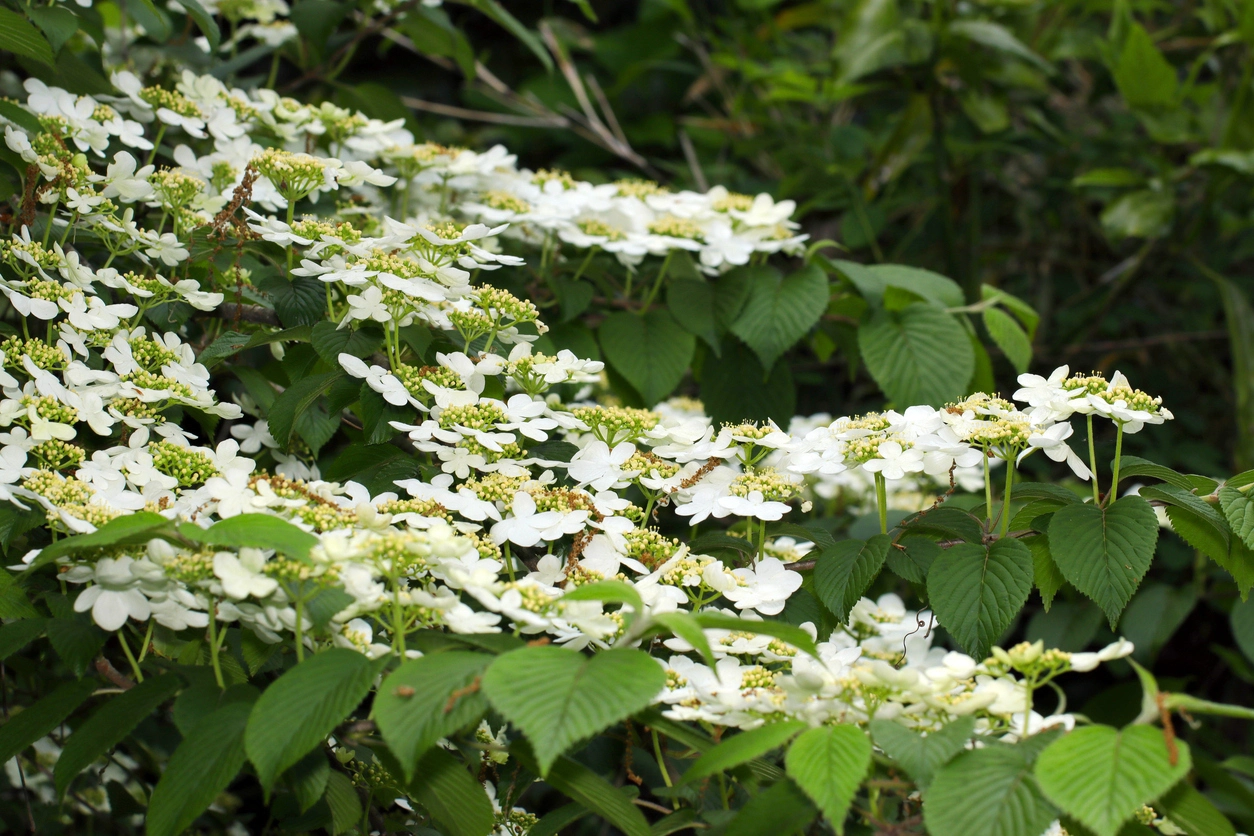
Viburnum plicatum 'Kilimanjaro'
from £24.99
Winner of the Chelsea Flower Show Plant of the Year Award, ‘Kilimanjaro’ is a truly stunning, plant. It produces an abundance of pure white flowers in attractive clusters from early May, followed by pink-red berries in late summer to early autumn. The leaves and flowers grow in layers on tiered branches, resembling a snow covered mountain. In autumn, the foliage turns shades of gold and burnt orange, in winter the berries will provide a valuable source of food for birds. An elegant addition to the Cottage garden, that’s in full sun or partial shade.
Also in the garden Viburnum Sargentii ‘Onondaga’.
